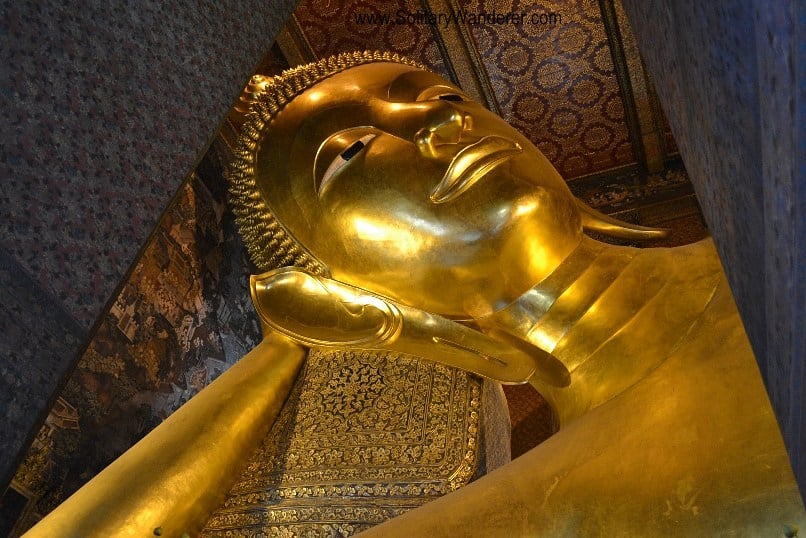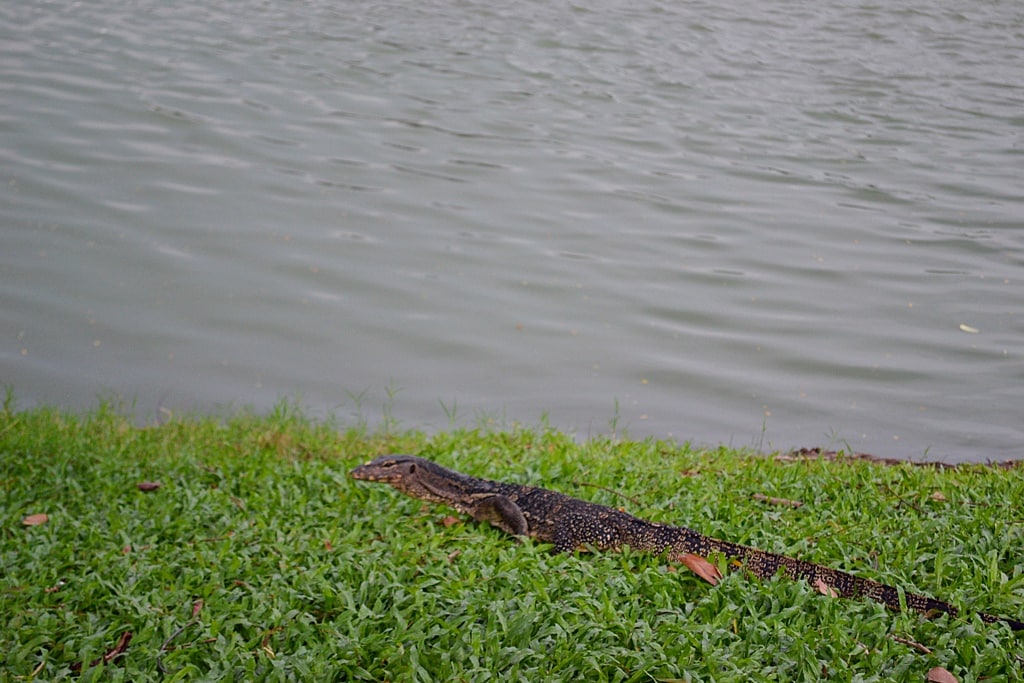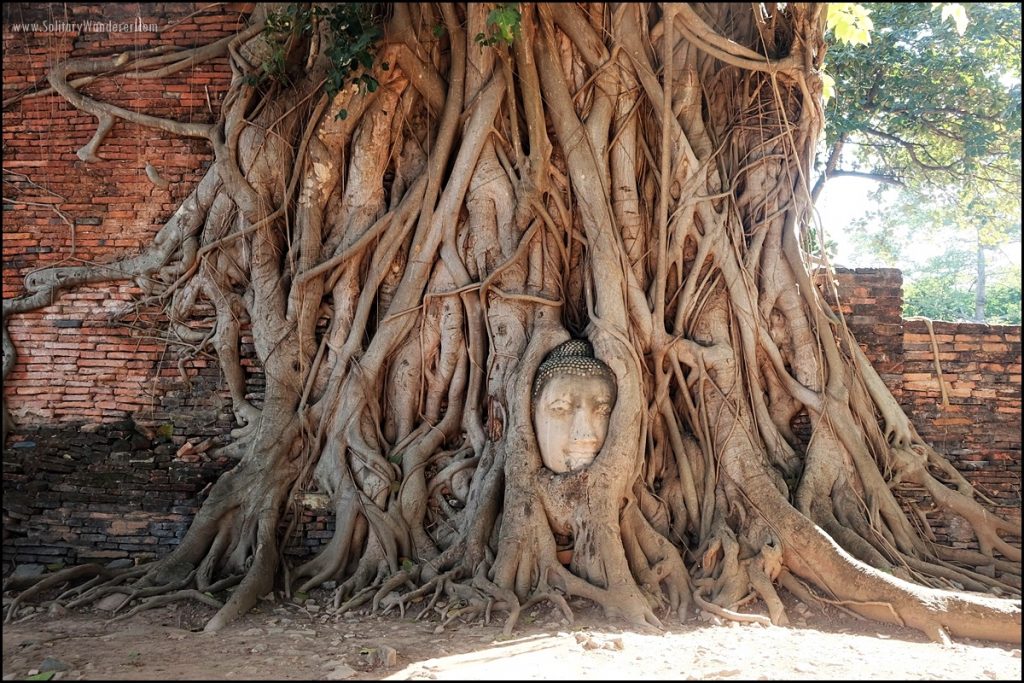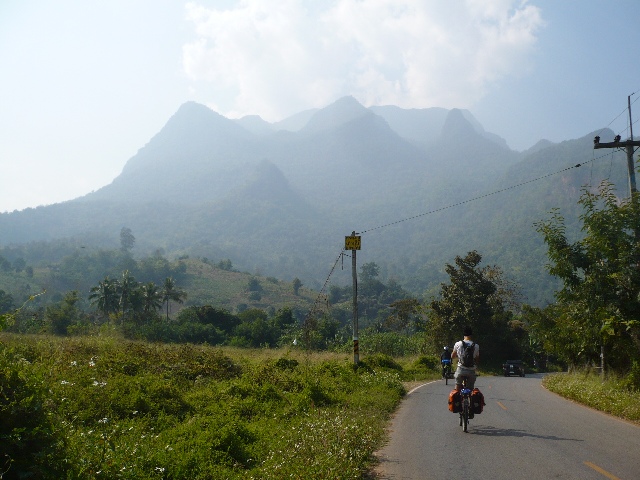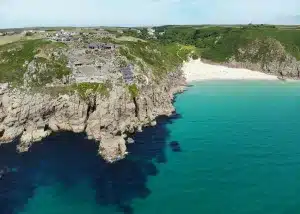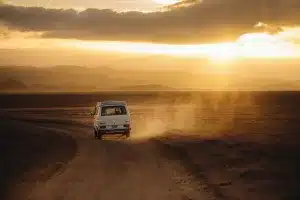Now that Thailand is open to visitors again, many people are rushing back to this beautiful Southeast Asian country, where white-sand beaches, incredibly delicious food, and historic temples abound. Bangkok, which I always recommend for solo travelers, is where the majority of tourists arrive. There you can find many of the best Thailand landmarks, from the opulent Grand Palace and the quirky Fertility Shrine, to the numerous shopping opportunities all over the city.
You can find a great many interesting, historic, and just plain beautiful places all over Thailand. As a bonus, it is also one of the cheapest places to visit in Asia where you can enjoy plenty of things to do on a budget. Here is a list of some of the best Thailand landmarks you can visit once you get there.
Have the time of your life in Bangkok
Before heading off to the north of the country, or down to the islands, spend a few days (or a week!) in Bangkok, where everything happens. Make sure to check out these landmarks while you’re there!
1. The Grand Palace
The architectural masterpiece located at the heart of Bangkok houses the world-renowned Emerald Buddha and is the symbol of the monarchy’s unrivaled place in the lives of the Thais. It has been the official residence of the King of Thailand since 1782 with the king’s court, the king himself, and his government based on the premises before 1925. Pay a visit to see where the spirit of magnificence and absolutism dwells.
As with any holy place in the country, make sure to wear the proper clothes when visiting the Grand Palace. Women should cover their shoulders and knees; don’t wear short-shorts, sleeveless or strapless dresses, or low-cut tops. You can also buy a shawl when you get there.
2. Wat Arun (Temple of Dawn)
One of the best places to see the sunrise is Wat Arun, the Temple of Dawn, along the Chao Phraya River. It is said to have been given its name when one of the Thai kings came with his family to watch a sunrise.
If you sail into Bangkok, rather than arrive by land or air, Wat Arun will be one of the first things you will see. It is named after Aruna, the Hindu god of the Sun often personified as the rays of the rising sun.
3. Sri Maha Mariamman
I know Bangkok is chock-full of temples, but this is one of the many Thailand landmarks you should check out. Located on the bustling Silom Road, one of Bangkok’s main arteries, this is the most important Tamil Hindu temple in Thailand.
The Indian influence has fashioned not only Thai past and present but also those of the region as a whole. Sri Maha Mariamman, done in the South Indian style, was built in the late 18th century by a Tamil-Hindu immigrant. It is, first and foremost, what reminds of the deep ties between Thailand and India.
4. Lumpini Park
Also located along Silom Road, Lumpini Park is the lungs of Bangkok. The piece of greenery is crawling with big lizards, known as water monitors, and is always full of joggers and other health-conscious citizens of Bangkok. At any time of the week, you can find people running there, doing Zumba or other aerobic classes, or working out at the outdoor gym.
Lumpini Park is also just a great place to sit down and take a break, especially after sightseeing or shopping. Note it is close to Chinatown, where you can have authentic Chinese food, and where you can visit one of the most revered Chinese temples in Thailand, the Guan Yu Shrine.
5. Chinatown
Pay a visit to the bustling district in the center of Bangkok, Chinatown. It is one of the most scenic Thailand landmarks and is especially appealing at night when the red Chinese lanterns are all lighted up.
Aside from shopping, go on a food trip there. Try roasted duck and noodles on the side streets. Don’t forget to visit the heart of the district, Guan Yu Shrine, an incense-heavy place where the Chinese community come to worship Guan Yu, a paragon of loyalty and righteousness, a hero both to the lawful and lawless.
6. Chatuchak Market
Who hasn’t heard of this huge market in Bangkok? It’s definitely a shopaholic’s dream. There are thousands of small shops that sell clothing, home goods, toys, pet products, souvenirs and postcards to send back to family.
Chatuchak Market has over 8,000 stalls, and on a normal weekend, there would be thousands (some say up to 200,000) of people walking around here, pre-Covid, of course.
Bought more than you could carry in your luggage? Not to worry, there are shipping companies in Chatuchak. Just bring your purchases there and send back home!
7. Joseph Conrad’s hotel, the Mandarin Oriental
Joseph Conrad, a Russia-born Pole that became a great English writer, first arrived in Bangkok for his debut as a captain. It was here that many of his works were written, including the famous Lord Jim. Lord Jim, having arrived in Bangkok was carousing fairly much, pushing boisterous fellow drinkers into the muddy waters of the Chao Phraya.
Just like his hero, Joseph Conrad is also said to have engaged in avid drinking by the Chao Phraya, in what is now Mandarin Oriental Bangkok. He ordered stiff hard liquors instead of cocktails, prized by the likes of more moderate Somerset Maugham that also put up there (Maugham was recovering from jungle-contracted malaria at the time).
Head to the luxurious Mandarin Oriental, and see for yourself the place that may have inspired Joseph Conrad to write many of his Oriental sea tales, the somewhat colonial Lord Jim Bar, and have a glass or two in his name.
8. Kanit House
Another location featured in the movies is Kanit House, a residential complex torn down in the 1990s where famous French serial killer and fraudster Charles Sobharj lived. It is extensively featured in the recent BBC production (watch The Serpent on Netflix!) devoted to the criminal, who is currently in jail in Kathamndu.
Kanit House is a great place to approach this somewhat ghastly chapter of expat Bangkok’s past. Sadly, since the original Kanit House was pulled down, the documentary was filmed at one of the locations on Sukhumvit Road. This is definitely not for everyone, but it’s interesting, nonetheless, for those who are interested in dark tourism.
9. Jim Thompson’s House
Another house that is less creepy and seedy and more on mystery, is the Jim Thompson House. Set at the end of a long road and surrounded by landscaped gardens, the house was owned by American businessman and art collector James H.W. Thompson. He was a prominent figure in his day; as the founder of a world-renowned luxury Thai silk company, he had the prestige, the wealth, and the connections to hold popular social gatherings in his beautiful home.
That is, until he disappeared.
Jim Thompson had lived in Thailand for more than 20 years when he mysteriously disappeared in 1967 while out for a walk in the Cameron Highlands in Malaysia. Years after his disappearance, his house and art collection were turned into a national museum.
10. Monument to Democracy
Located close to the frenzied Khao San Road, where crowds of mostly-young tourists engage in unhinged party-making well beyond the dawn, the Monument to Democracy is one of the best of Thailand landmarks for a different reason. It is a testimony to Thailand’s becoming a true democracy.
Its four wing-like structures stand around a monument featuring a copy of the original constitution placed on a pedestal. It commemorates the revolution in 1932 that introduced Thailand’s first constitution.
11. The temples of Ayutthaya
If you’re visiting Bangkok for more than just a few days, I would urge you not to miss a day trip to the Kingdom of Ayutthaya, an ancient capital of Siam only a couple of hours from Bangkok.
Two of its most important temples are Wat Yai Chai Mongkhon and Wat Phra Mahathat, where you can find the iconic Buddha head entangled in tree roots.
Enjoy the chill vibes of northern Thailand
It goes without saying that you should definitely visit Chiang Mai when you go to Thailand. This northern capital has a lot to offer, especially the hordes of digital nomads who prefer it slower and quieter pace. While there are a lot of Thailand landmarks in the north, here are a couple you can check out in and outside of Chiang Mai.
12. Wat Chedi Luang
The monastic establishment’s grand, even if somewhat forlorn, appearance and its past are what make this Buddhist temple one of the best places to visit in Chiang Mai. The mesmerizing even if somewhat ruin-like facade hides the glorious past of the monastery.
It is here that the world-renowned Buddha statue, Phra Kaew, the sacred palladium of Thailand, was housed before being moved to the Grand Palace in Bangkok.
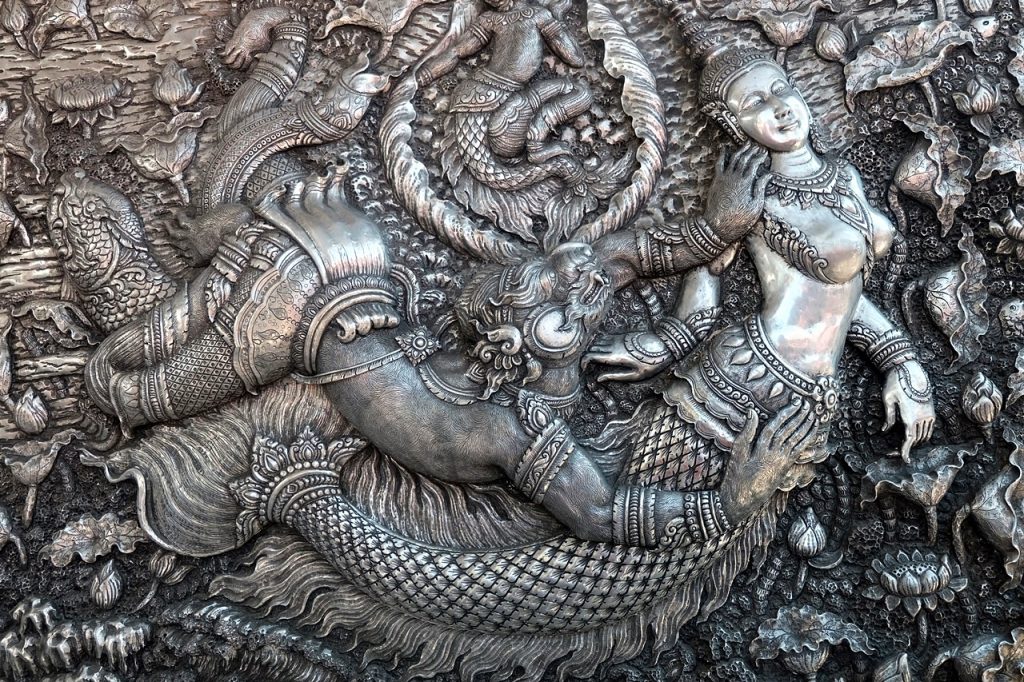
13. Wat Sri Suphan, the Silver Temple
Located along Wualai Road just outside the old city walls, Wat Sri Suphan stands out. Its ubosot (ordination hall) are full of intricate carvings on a thin, silver panel. Produced through traditional silver-making practices, the details speak volumes of the skills of its silversmiths who use techniques that have been handed down to them for generations.
14. Doi Chiang Dao
Located near Chiang Mai lies one of the best hiking trails in Thailand, the Doi Chiang Dao. It takes you through the unique Chiang Dao Wildlife Sanctuary, whose mountainsides are sheltered by a thick foliage of trees and wildflowers. Even though some hike it as an over-nighter, you can also travel the route during the day, if reasonably fit; and even put up at a lodge to stay longer.
Start your trek early, and don’t forget to break for lunch. Note that even though three hours of the hike will be through the dense evergreen forest, you still must take precautions such as applying slathers of sun-block. Also, keep in mind that to go on this hike you must be accompanied by a tour guide.
You can find some cave systems in Chiang Dao, which are free to check out and quite easy to go around in. Make sure to take a dip as well in their “hot springs,” which are basically tubs of water filled with warm water from the mountains.
Spend the rest of your time in Thailand on the islands
Once you’ve had your fill of Bangkok and its temples, and Chiang Mai and its chilled-out digital nomads, head to the best Thailand has to offer: its beaches!
One of the greatest and fastest ways to uncover rural Thailand is traveling in a standing-only train carriage to Surat Thani, the main travel hub of Southern Thailand. It is the gateway to Koh Samui, Koh Phangan, and Koh Thao, three islands which are home to three of the best Thailand landmarks such as Chaweng Beach in Koh Samui, Haad Rin party places in Koh Phangan (where you can find the world-famous full moon parties), or Sairee Beach on Koh Tao.
15. Phuket
The huge island of Phuket, the largest in Thailand, is not just its crowd-teeming Patong, full of irresistible temptations to some and a hell-hole of loud noises to others. There are also a great many pristine beaches scattered around the island, perfect for swimming and surfing.
It is also from Phuket where you can visit Ko Phi Phi, where The Beach with Leonardo DiCaprio was filmed, and Krabi, whose craggy limestone cliffs and over a hundred smaller islands tempt many to extend their stay.
Thailand definitely deserves its reputation as one of the best places to visit if you are after nature, history, food, and culture. The Thailand landmarks mentioned here are just a very few of the many that you can find there. Check out the travel restrictions and make sure to start your new year enjoying what the country has to offer!
What landmark would you add here, if you’d been to Thailand?

